Love flourishes in this house of a rising son
Deep in Sydney’s conservative heartland, a loving mother shares her moving journey as the parent of a trans adolescent.
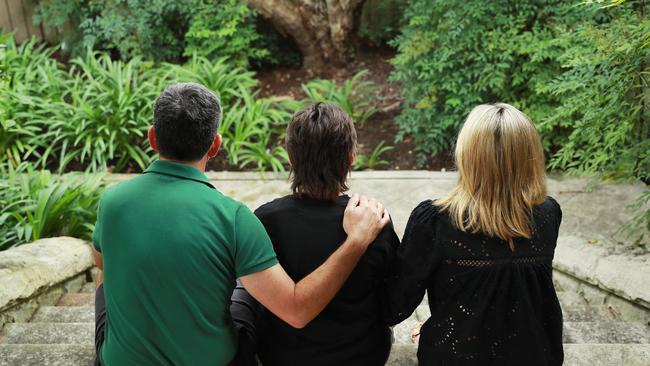
I’ve always had an irrational dislike for the appearance of hairy armpits in women. Once subconsciously, now ashamedly, I looked down my nose at women who didn’t bother to deal with their hair. It’s ironic, then, that our trans-parenting journey began with our daughter’s very long, thick, black axillary hair.
Trying to be a good parent, I held my tongue so as to contain my brewing emotions. When our daughter was 11, I asked calmly why she didn’t want to shave her underarms.
“They make me feel like a man,” she said.
“Mum, isn’t it lucky I was born with hairy arms and legs? They are my most masculine feature.”
As a feminine woman, the journey to get over myself began that very day.
Periods became distressing. Shopping for clothes with her sent me into an absolute spin as it became clear that anything mildly female was off the cards. I was beginning to realise this was more deep-seated than simply being a tomboy. As her pubertal clock ticked, and her expression of her dissatisfaction with her femininity gained momentum, we acted day by day to manage as best we could.
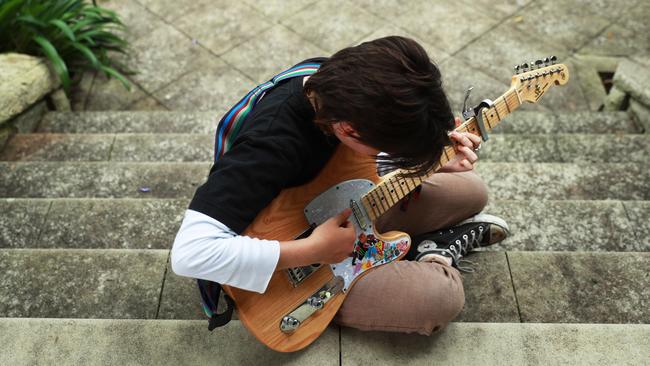
I found myself sobbing with a shop assistant in Bonds while purchasing boys’ undies for my girl. I didn’t even know what a binder was — but found out in a desperate attempt to help her strap down her enlarging breasts. The ferocious development of her curves was becoming unbearable to her. After the pill wouldn’t completely stop her periods, we found ourselves waiting in a sterile family planning clinic as an IUD was inserted into our little girl.
The search for help became more vigorous. Even as specialist medical practitioners, my husband and I found ourselves lost. The adolescent gender services in NSW were under stress. There was a waiting list of 12 months at the Westmead Gender Clinic.
A whole year. We felt our daughter would be dead by then.
That’s not a criticism of the public clinic; we understand they are swamped and have limited resources to meet the community’s need. So we put her name on the waitlist and started the search for private help. We were prepared to move interstate or even overseas.
We would do anything to help our child.
We saw a range of psychologists, being referred from one to another until eventually a colleague put us in touch with a specialised psychologist in gender matters who had decades of experience, was well published and widely respected.
Within 30 minutes she said it was clear our daughter had significant gender dysphoria. What does that mean exactly? It refers to psychological distress that results from an incongruence between one’s sex, assigned at birth, and one’s gender identity.
But, we thought, our daughter played with dolls and was so feminine until she hit puberty.
The doctor was reassuring: “The journey for every transgender person is unique,” she said.
I’m not even sure we realised she was transgender until that moment. I asked her if my daughter may just be confused and that she may actually not understand she was homosexual.
I learnt that being transgender has nothing to do with sexuality, and that sexuality for transgender people is as unique as for the rest of the population.
I admit that we had hoped she would be gay, a more socially accepted norm, because our fear was that being transgender meant our child would face an endless amount of social isolation, judgment and ostracism.
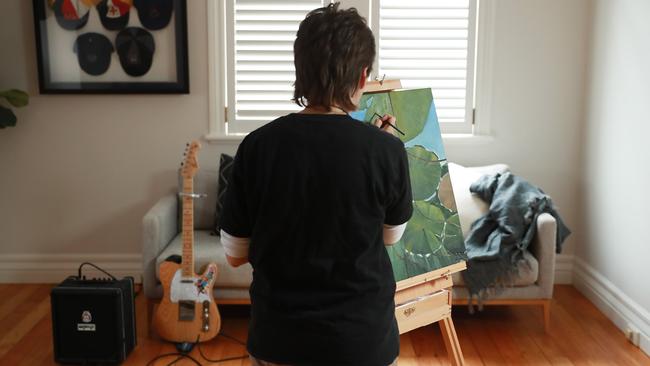
I asked if this could be a passing fad. Every parent hopes for this. But the doctor was frank. The fact our child had experienced dysphoria for more than six months meant the chance of not being transgender was just 2 per cent.
During the consultation, the psychologist started to refer to our daughter as “he” and “him” and stressed the urgency of social transition to a boy. Our child expressed to the psychologist how fragile he was about not being able to see a future as a male. Being the gentle and kind person our son is, his greatest concern was not for himself, but for the impact of his trans identity in terms of the pressure it would place on us as parents.
He expressed deep concern about being loved or worthy of love by the wider family, let alone other people. These feelings led him to become depressed, anxious and suicidal. The suicidality at the time was considered very concerning. Female-to-male transgender adolescents have the highest rate of suicide attempts (50.8 per cent).
This was not an abstract fear. We were in terror that in our child’s case, suicide was a very real possibility.
The psychologist went on to recommend that in order to ensure her safety, she was to be referred to as “him” and “he”, particularly at home. She also recommended we see a psychiatrist and an endocrinologist so that a pathway to puberty blockers could be considered as soon as possible. This would allow her the opportunity to explore a male/masculine identity without the pressure of a continual developing puberty.
The doctor explained to us that puberty blockers were not dangerous, were reversible and effectively put puberty on hold to allow the child time to explore.
Research over decades indicates blockers reduce distress and improve psychosocial adaptation, and hence help prevent suicide.
A steep, rocky road
Understandably, fear for our child’s physical, emotional and mental wellbeing and future flooded our minds. Through a haze of complicated feelings of grief, loss and constant questioning of ourselves, we became determined to do anything to save our child. We found ourselves climbing a steep and rocky road.
Finding a psychiatrist was difficult. Given the stress on the public system, we looked to the private sector, but specialists were not prepared to see a child under 16. This was scary territory for them, and as a doctor I could totally understand. It was only because of our fortunate position as medicos that an exceptionally compassionate and respected psychiatrist took us on, even though he normally only sees children older than 16. He then referred us to an endocrinologist who was very frank with us regarding the scrutiny and prejudice he was facing in relation to prescribing puberty blockers.
The fragility of this medical environment for trans youth in NSW became evident to us. Respected endocrinologists who had been instrumental in helping trans youth were facing healthcare complaint allegations, resulting in an understandable reluctance for endocrinologists to go anywhere near this difficult area for kids under 18.
Yet patients and their families have suffered — sometimes with catastrophic consequences.
Everyone was understandably frightened to help us. But the cruel irony is that studies indicate that by 18 it is often too late to fix anything, and lasting damage is often done — including by self-harm.
In our case, by the time we did get help, our son had reached an advanced stage of puberty and the benefit versus risk of blockers did not hold up. It was too late anyway.
Social transition
Shortly after the initial psychologist’s visit we sat down as a family and decided on a name together. Then we wrote an email to our family and friends; it seemed like the best way to let them know. For the sake of privacy, all names have been changed.
We became committed and focused on assisting his social transition: clothes, finding a capable and experienced hairdresser, even finding a fitness trainer. I made a phone call to a gym on Sydney’s North Shore, saying: “I need a trainer to transform my daughter’s body into a more masculine version.” It was as confronting for them as it was for me, but they embraced us and the results after 12 months speak for themselves.
Finding a school was tremendously difficult, and he was knocked back by a few. Perhaps the most disappointing was a prominent coeducational Sydney school that a counsellor had advised us was a good option. The school was happy to accept “Katie” with her academic records, but wasn’t willing to take the same child as “William”.
Fortunately, he is now at an incredible progressive school where he is accepted and flourishing.
Sydney’s North Shore could be described by some as the suburban heartland of rugby, where wearing a navy polo shirt with the collar popped and beige chinos is the norm. If I am honest and slightly self-deprecating, my husband and I are the archetypal North Shore couple: professionals, educating our children at private school. It isn’t exactly the place where you see same-sex partners walking the streets holding hands, and I’m not familiar with any other transgender people in the area.
While North Shore residents are, in general, conservative, they are welcoming and look after each other. It is not surprising, then, that our letter was received largely with warmth, love and attempts at acceptance — even though its concepts were completely outside the box for 99 per cent of those reading it. We expected judgment. We did get feedback that there was “a lot of talk” about Will’s age and whether it was appropriate that we sent the email, and if we had appreciated this could be a passing teenage fad.
The letter did spread further than we expected, but this was a real risk we took and we had the attitude that each time it was read further enabled our son to live as he needed. As Simona Giordano, reader in bioethics at Manchester University has written on the controversy about puberty blockers, “transgender children need time to understand who they are”.
In a recent case, Briton Keira Bell revealed she had realised at the age of 23 she had gone down the wrong path after having taken puberty blockers and eventually having top surgery. She had been just 20 at the time of the surgery.
She challenged the clinic where she was treated, saying she was too young at 16 to have given informed consent to make the transition to a male. We found her account distressing, and every trans-parent we have met shares this deep concern: is our child ready for this?
There were many questions we asked ourselves. Was this being caused by some other psychological factors? Was it a form of teenage self-expression, or a strange version of body dysmorphia? Was being trans the new “hippie” or “goth”? I’ll admit our foundations as parents felt solidly rocked, and I felt and still feel naked to many judgmental viewpoints.
This is a topic that ignites emotive opinions delivered by those living outside the day-to-day realities of it. The closer you get, the less judgment you find. It is the small daily experiences and insights that only his immediate family can know that help us appreciate the pain Will endures. “Mum, being trans is not the type of attention anyone wants,” Will says.
Our son faces humiliation, rejection and wearing a painful binder. He often speaks of how he wishes he wasn’t trans but he feels he has no other choice. He is uncertain how he can live if he isn’t seen or treated as a male. This is a concept we “cis” people cannot possibly relate to unless we experience it ourselves — much like being blind, deaf or having no legs.
I have confidence in following evidence-based medicine. If an oncologist advises me to have chemotherapy, I have to trust them as this decision is based on research, knowledge and the experience that is gained from seeing thousands of patients.
In our situation, multiple unassociated professionals gave us the same guidance, with none having a single degree of doubt as to what was going on for our child.
Countless kind acts
Statistics indicate that LGBTQ teens who are highly rejected by parents/caregivers are eight times more likely to attempt suicide, six times more likely to report high levels of depression, and three times more likely to use illegal drugs than LGBTQ teens who are supported by their parents.
We made an active decision to be supportive, even when we still don’t understand all there is to know. Our child still needs our love, our support and our validation to grow up healthy and happy. And we trust that he has a lot to offer the world.
While nothing permanent has occurred, we know there are challenges ahead. Our son lives, dresses and fully identifies as male. Being seen and treated as a boy has reduced his dysphoria substantially. It has kept him alive.
The past 12 months have been about witnessing the unwavering unconditional love from our family, friends and school community towards our beautiful boy.
Even though we live in the most conservative part of Sydney, we have largely experienced incredible human kindness and understanding. The natural criticisms were balanced by countless kind acts. There are certainly those who feel we are doing the wrong thing. But should they ever experience this confronting challenge, we are confident they would, in time, face the same conclusions.
That is why I am writing this, to help other parents who may be walking this same hard path. I want them to know that transition is transformative and our child is happy and thriving.
We have put all our personal biases and preconceived notions aside for the love of our child.
We have had to come to terms with the loss of a child — a child who is right in front of us. That’s a bizarre evolution. At the same time, our pain has been eased by the joy of seeing our fully alive, expansive child evolve into who he feels he truly is.
He is different. He is the same. He is ours. And we love him.
All names have been changed for privacy
If this story has raised issues for you, you can contact Lifeline on 131114

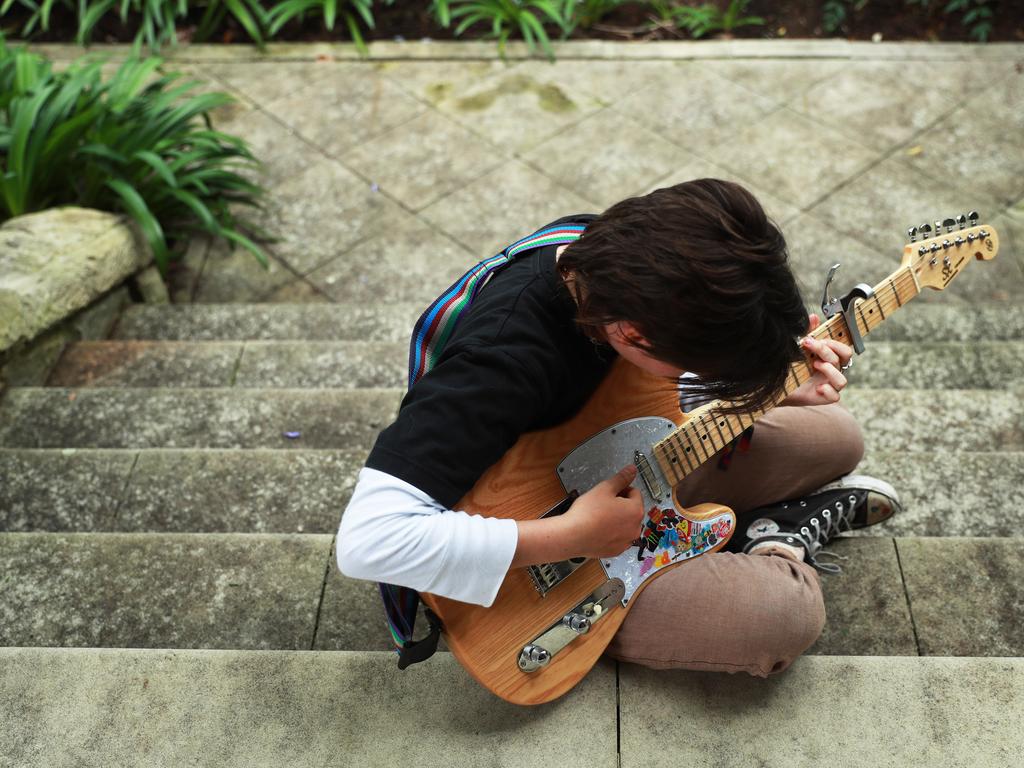

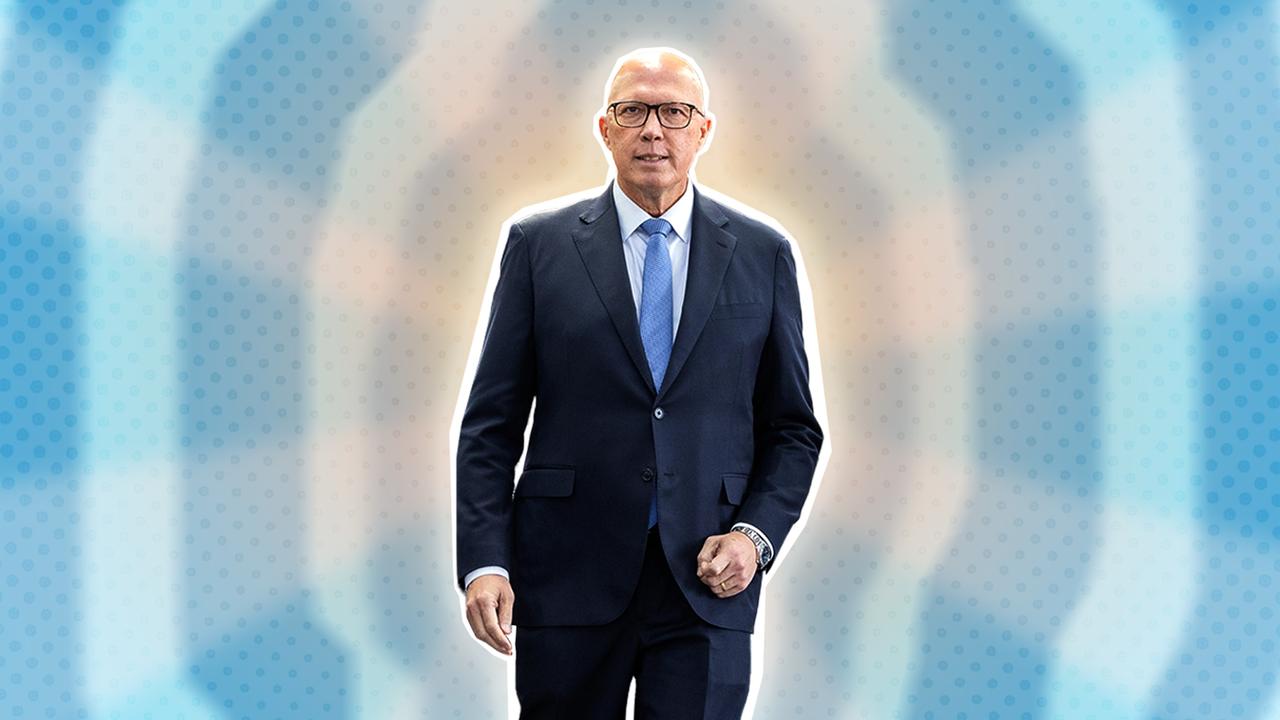
To join the conversation, please log in. Don't have an account? Register
Join the conversation, you are commenting as Logout